(VHQN) - Quang Nam is a place where the unique values of various types of tangible and intangible cultural heritage and documentary heritage converge and crystallize; typically more than 200 woodblocks of Buddhist scriptures dating from the 17th to the 19th century. This is considered a treasure of memories of a land.
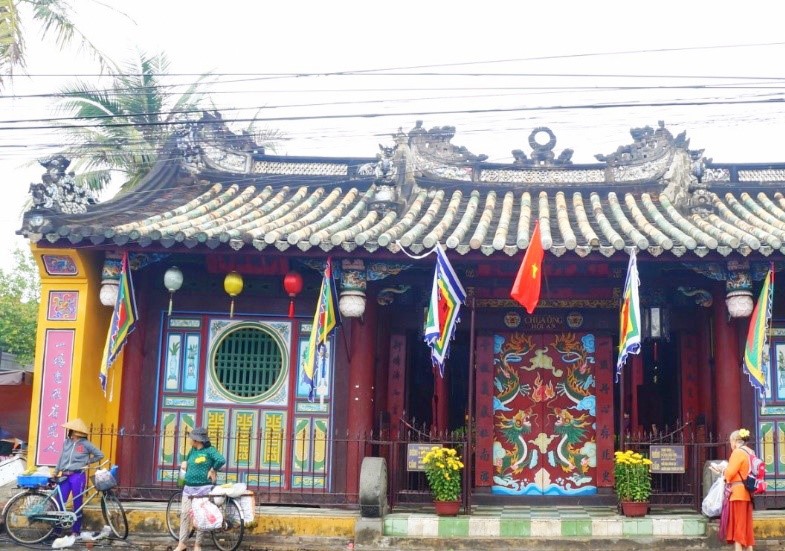
Memory material
More than 200 woodblocks are being preserved at Chuc Thanh Pagoda, Van Duc Pagoda (also known as Cay Cau Pagoda) and Phuc Lam Pagoda of the Lam Te Chuc Thanh Zen sect in Hoi An. The number of woodblocks in these pagodas is certainly not as large as in Hue , Da Lat and some other places, but these are valuable artifacts because of their rather old production date and their role in proving the introduction and development of the Lam Te Chuc Thanh Zen sect into Dang Trong nearly 400 years ago.
In comparison, in the Central region today, Quang Nam can be said to be a land with a long history and was once considered a center of Buddhist culture with a rich tradition, when in history, many Buddhist masters from the North came here to practice, or from China to establish sects and build temples.
Therefore, the woodblock system still remaining in Quang Nam can be considered an indispensable part of the Buddhist culture of Quang Nam, a testament to the prosperous period, a unique cultural heritage, carrying many values in the study of history and Buddhist culture of Quang Nam in particular and the Central region in general.
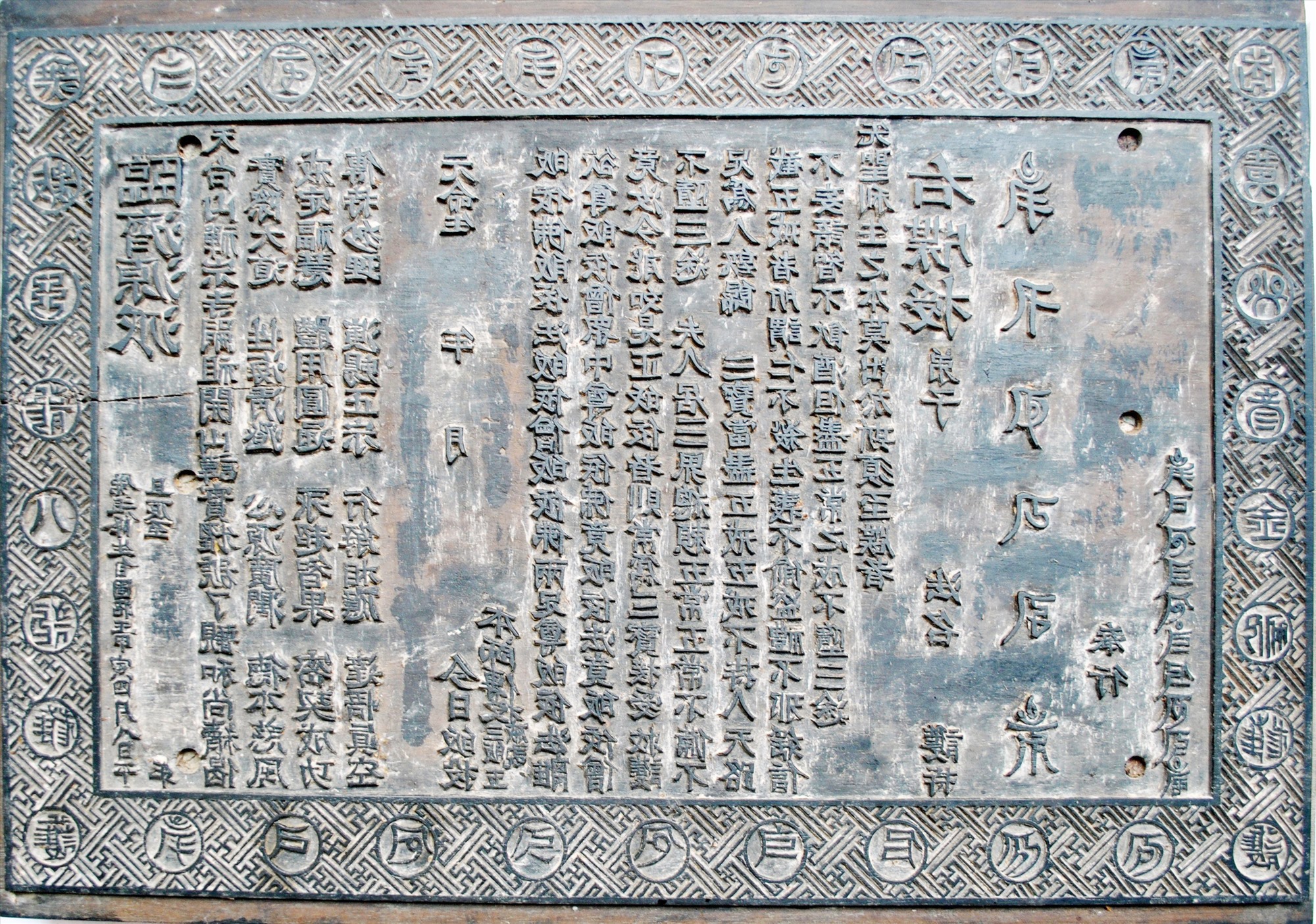
In Hoi An, there is a famous woodblock, related to Xuan Quan Cong Nguyen Nghiem, father of the great poet Nguyen Du. In May of the year Giap Ngo (1774), Lord Trinh ordered Viep Quan Cong Hoang Ngu Phuc to lead more than 30,000 land and water troops to attack and capture Phu Xuan citadel (Thuan Hoa).
Previously, in October of the year Tan Mao (1771), Nguyen Nghiem had retired, but in January of the year Nham Thin (1772), he was summoned to serve as Tham tung official. During this southern expedition, he was the Left General, commanding a wing of the army.
In March of the year At Mui (1775), Nguyen Nghiem and Hoang Ngu Phuc joined forces to attack Quang Nam. The Nguyen army was defeated and had to ask Tay Son to help bring the Crown Prince back to Quy Nhon.
When he brought troops to occupy Hoi An, Nguyen Nghiem visited Quan Phu Tu Temple (also known as Ong Pagoda, Hoi An) and wrote the poem "Su de Hoi An pho de Quan Phu Tu temple" (Marching to Hoi An city to pay respect to Quan Phu Tu temple) and the eulogy "Quan Phu Tu temple" (Eulogy to Quan Cong temple).
Two generals, Dr. Uong Si Du and Dr. Nguyen Lenh Tan, drew the original poem “Su de Hoi An pho de Quan Phu Tu mieu” and wrote all three poems and the eulogy by hand, then ordered the carvers to carve them into three horizontal lacquered boards to hang on the front hall of the temple. These two woodcut poems held a rather important position in Nguyen Nghiem's career of establishing statements, expressing the hidden feelings of loyalty and righteousness of a famous minister through the poems praising the merits of Quan Phu Tu.
Preserve for tomorrow
The woodblocks in Quang Nam are carved in Han and Nom characters, containing a lot of knowledge with unique historical, cultural, scientific and aesthetic values. However, with the ups and downs of time, many documentary heritages have disappeared and are at risk of disappearing. That is the case of a house in Hoi An, which was sold at the end of 1946, then transported by river to Diem Pho village, Tam Anh Nam, Nui Thanh.
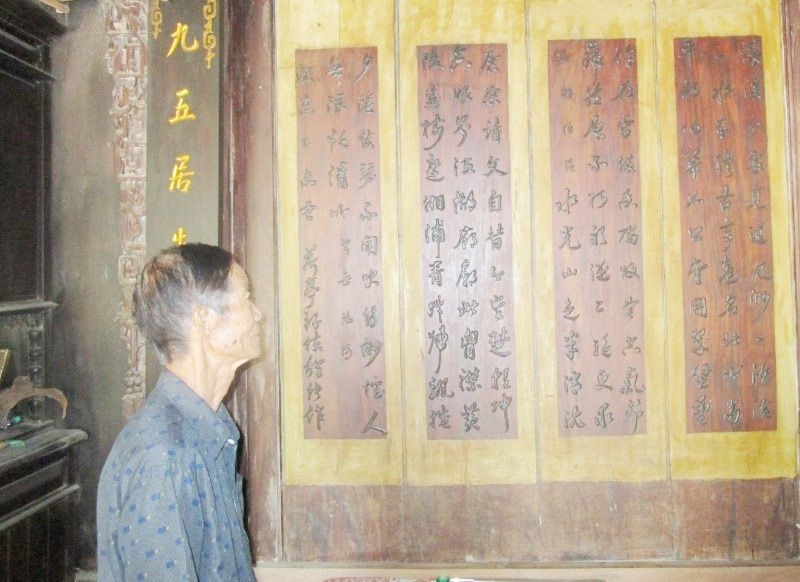
This house is now owned by Mr. Pham Tan Tuan, and still has the original interior decoration in the three main rooms, but the unique thing is the silk panels engraved with Han - Nom characters. These are 8 wooden panels engraved with 4 poems in the collection "Moi hoai ngam thao" by Ha Dinh Nguyen Thuat, made in the winter of Thanh Thai year - 1895, which he copied after being sent by King Tu Duc as an envoy to China twice (1881 and 1883).
The four poems titled “Du Ngo Khe”, “Dang Nhac Duong Lau”, “Dang Hoang Hac Lau” and “Trung Dang Tinh Xuyen Cac” carved on the silk wall in the house currently in Diem Pho were all written by Ha Dinh during his two diplomatic trips and were recorded in two volumes of “Mot Hoai Ngam Thao” kept by his descendants at the church in Ha Lam - Thang Binh.
Similar to other relics in Quang Nam, the woodblocks and memory documents, although having many values and having gone through the fierce challenges of war, the harsh impact of the environment and the trend of human modernization have caused the documentary heritage to face damage and degradation, especially the wooden structures are damaged by termites, the decoration with broken compounds, and have not been protected and preserved with appropriate solutions.
Through discussions with researchers, they all agreed that it is necessary to continue promoting scientific research, digitizing heritage, and assessing more fully and accurately the value of this unique heritage.
Experts also recommend conducting historical or interdisciplinary research to provide more scientific data on the history and culture of the land, people, and documentary value of the heritage; at the same time, it is necessary to guide people on how to preserve their valuable documents for long-term preservation.
Source



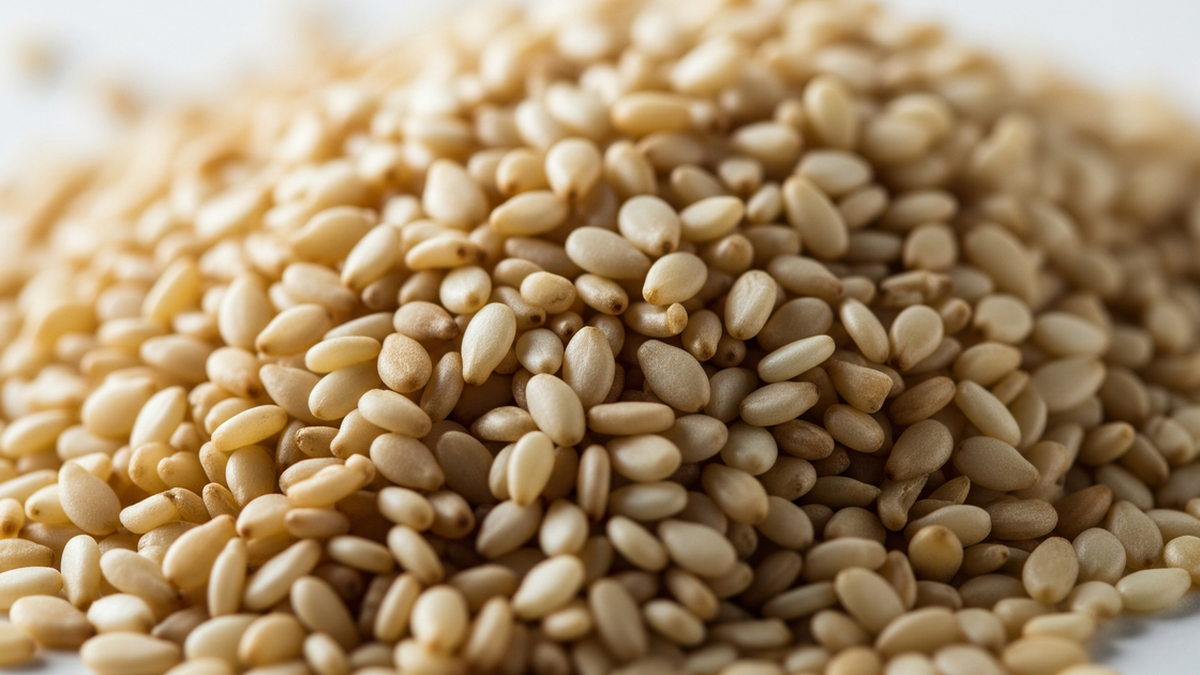




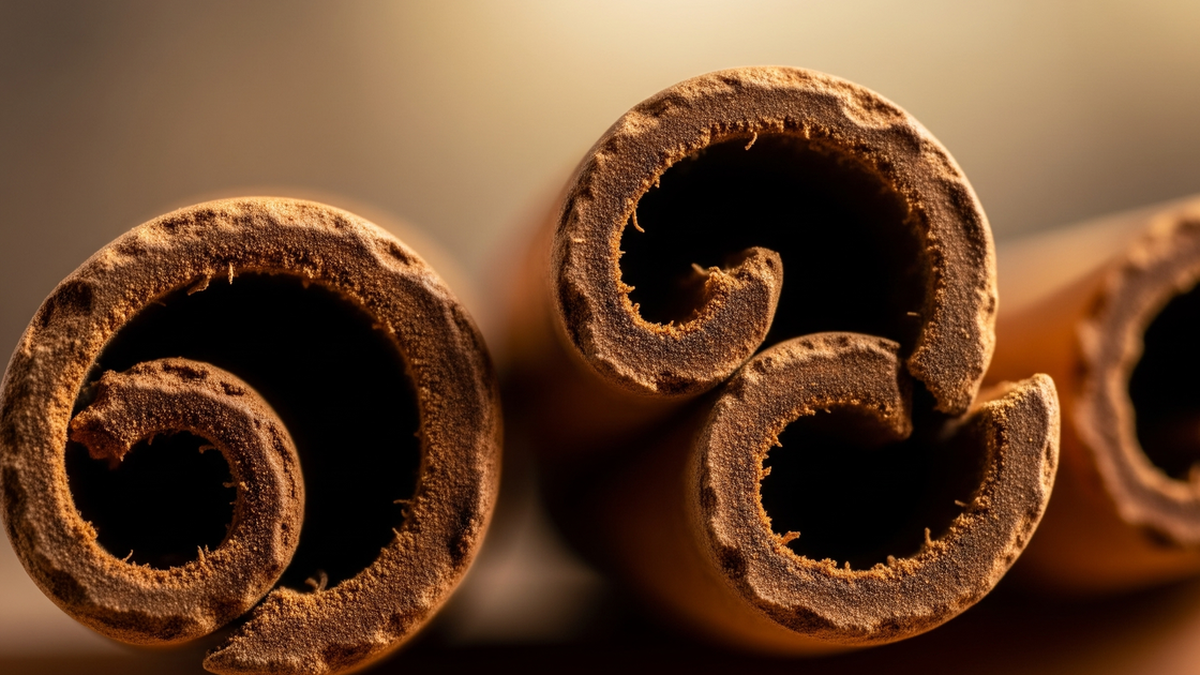











































![[Maritime News] More than 80% of global container shipping capacity is in the hands of MSC and major shipping alliances](https://vphoto.vietnam.vn/thumb/402x226/vietnam/resource/IMAGE/2025/7/16/6b4d586c984b4cbf8c5680352b9eaeb0)













































Comment (0)